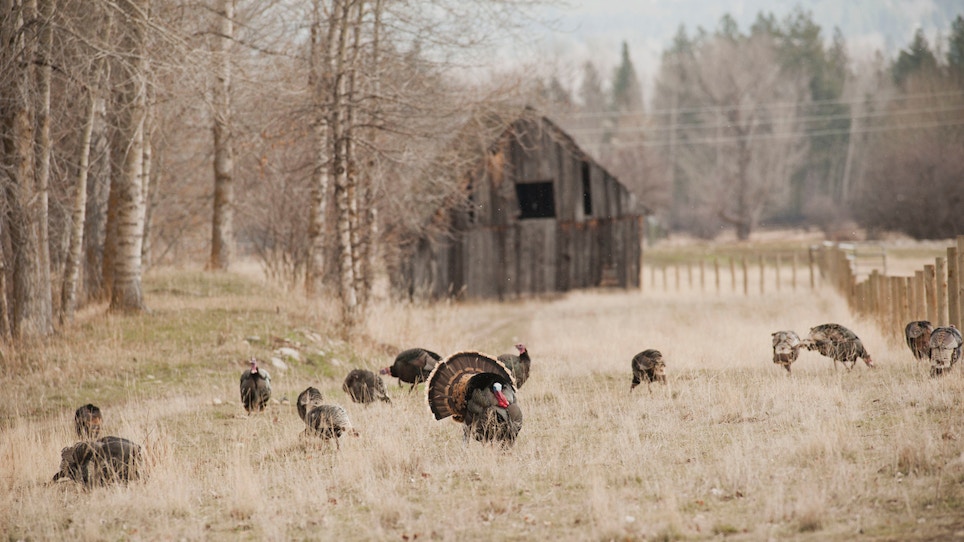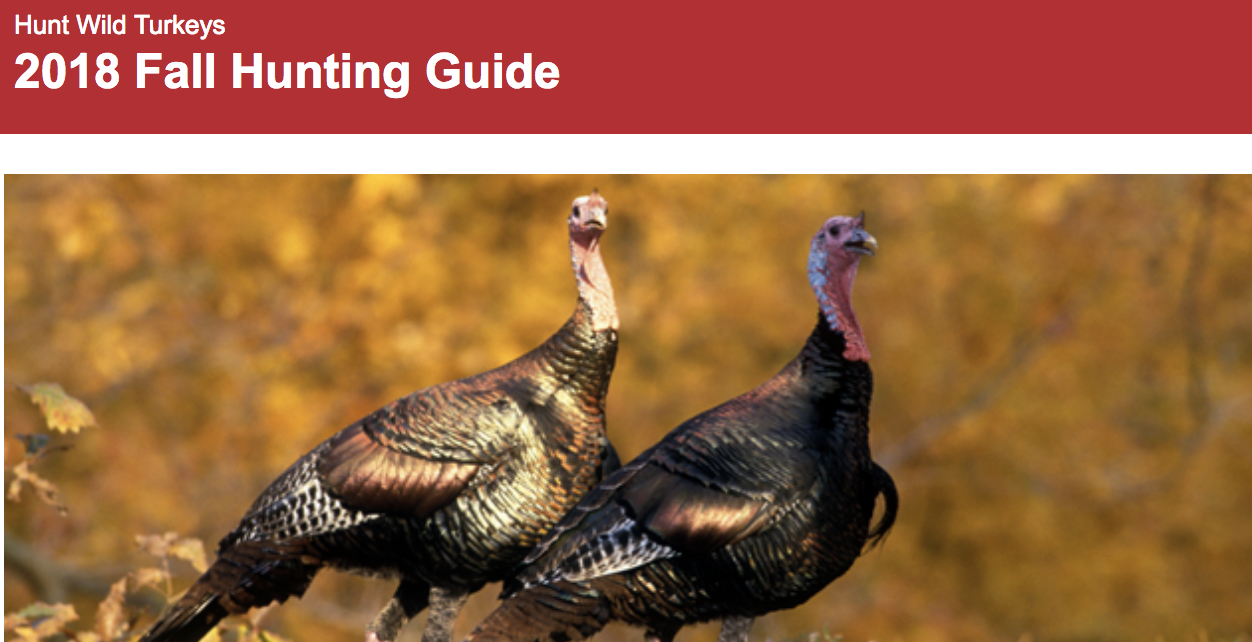An article from the National Wild Turkey Federation (NWTF) published years ago, proudly cited that 22 states in the U.S. have fall turkey hunting. It was a thing to be proud of, but it’s far different today: By my count, only seven states do not offer fall turkey hunting. They are:
- Arkansas
- Delaware
- Georgia
- Louisiana
- North Carolina
- South Carolina
- Nevada
So the opportunity is there and, more and more, the interest is there too. Often it’s the big beasts with hooves that are held up as the standard, but wild turkeys are the second-most hunted game animal in the U.S.
Two disclaimers, though. One, the separation is wide. There are 9.2 million big game hunters. Of those, 8.1 million pursue deer, while 2 million hunt wild turkeys. Elk and bear hunters come in third and fourth at 700,000 and 200,000, respectively. The second disclaimer is more of an acknowledgement: Wild turkeys are densely populated and their range spans the country, so wild turkey hunting is far more accessible than other game like elk, pronghorns or mountain goats, for instance.
2018 Fall Turkey Hunting Guide
If you’re still reading, you probably want to know more about where and when you can hunt fall turkeys. The NWTF’s fall turkey hunting guide offers dates for each state’s season and contact information for each state wildlife agency. You’ll also get recommendations on top-notch public hunting for each wild turkey subspecies based on recent conservation projects the NWTF has initiated on U.S. public lands.
To view the guide, click here or click the image below.
10 Tips to Fall Turkey Hunting
The NWTF published an article written by Jim Casada that makes for a quick read, but there's substantive there too. Casada is an avid turkey hunter, knows his stuff and is recognized among outdoor writers as one of the more colorful personalities in the business.
Below, we’ve syndicated Casada’s 10 tips to hunting fall turkeys. The focus is placed on contrasts between what works in the spring woods verses what strategies should be deployed for fall turkeys. All ten tips are short and sweet for easy application.
1) Rainy days shouldn’t get you down
Turkeys don’t like rain and when the sky is falling they prefer to spend the day in open areas, making it easier for you to locate them.
2) The beauties of beech mast
Beech nuts rank at the top of turkey's preferred fall food list. Find a tree laden with mast and you'll have a promising base for operations.
3) Twilight time is the right time
A good scatter can provide opportunities any time of the day but it is most predictable and productive after the birds have roosted. Scatter them at night and after spending the night alone, come daylight they will be mighty anxious for feathered company. Set up at the point of the scatter and as soon as you hear the first call, start calling.
4) Near-instant gratification with scattered longbeards
After a scatter, set up immediately, be on red alert, and watch for a longbeard to come sneaking back to the spot of the scatter almost immediately.
5) Double teaming
Dealing with fall turkeys can be best tackled in a team setting. Covering more ground, approaching flocks from opposite points of the compass and having multiple callers after a scatter is a bonus.
6) Terrain tricks
Ease along just below ridgelines and peak over occasionally, stay high at fly-down and fly-up times to hear and see better and take advantage of dense cover to get close to birds. Determine your ideal position and select a spot that gives you the best combination of being well hidden and positioned for a shot.
7) Patience pays
Don’t think all scattered fall birds will start yelping and kee-keeing right away when trying to reassemble. Be patient, get comfortable, stay hidden and be willing to wait them out.
8) Outdoing old hens
If you hear a turkey start calling non-stop, without changing position in the distance, it’s likely you’ve found a momma hen. Unless you shut her up, every bird in the flock will start moving her way.
9) The significance of sign
The competent fall hunter works diligently to master sign language. Be observant and notice scratching, tracks, droppings and roost sites. Determine the direction in which a flock has fed, judge how old the sign is, and be on the lookout for dusting spots.
10) Understanding habits, habitat and fall diet
Know turkeys prefer to roost in evergreen trees after the leaves fall. They prefer open woods and fields, as opposed to thick cover. Food and safety, above all else, loom large in their fall wanderings. Keep these things in mind and over time your dealings with turkeys will become more predictable in what is a devilishly unpredictable sport.
— Jim Casada via NWTF.org
Featured photo: John Hafner







